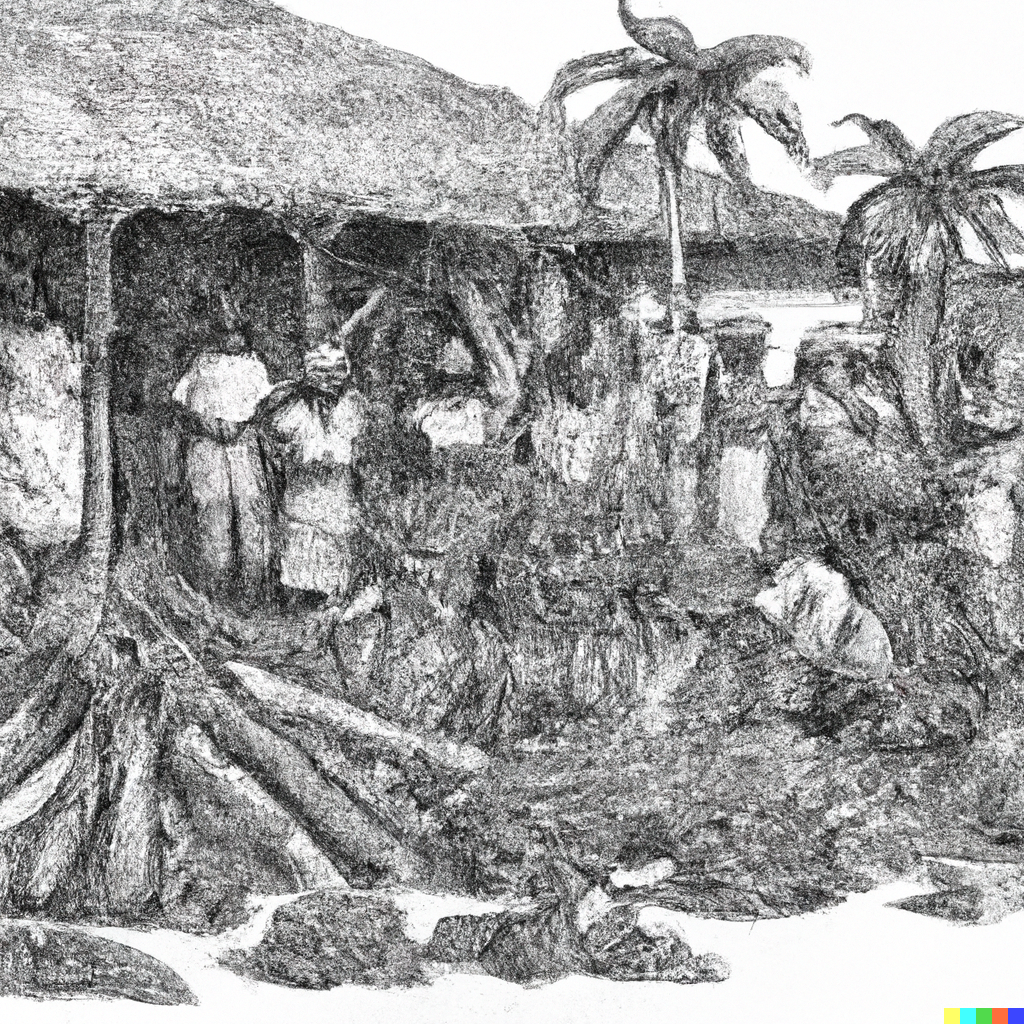Citation: Teschke, Rolf, Jerome Sarris, and Isaac Schweitzer. 2012. “Kava Hepatotoxicity in Traditional and Modern Use: The Presumed Pacific Kava Paradox Hypothesis Revisited.” British Journal of Clinical Pharmacology 73 (2): 170–74. https://doi.org/10.1111/j.1365-2125.2011.04070.x.
Fast Summary:
- This paper revisits the previously proposed Pacific kava paradox hypothesis, which suggested that traditional aqueous kava extracts were safe, while Western acetonic and ethanolic kava products were hepatotoxic. The paper challenges this hypothesis, showing evidence that traditional aqueous extracts may also present as hepatotoxic, and suggests that the primary cause of toxicity may be attributed to poor quality raw material caused by mold hepatotoxins. It should be noted that this paper does not speak to any quality of kava being toxic, intrinsically. Traditional kava consumption continues to occur in all countries which had, in the past, suggested an issue, however no additional cases have been presented. The study speaks to the undoing of the “Pacific Kava Paradox” however, upon closer look, fails to present evidence that would suggest otherwise. The “Pacific Kava Paradox” is based on the thought that extracts are what caused the liver toxicity in the years of 1998-2003, and not traditional kava. A few instances of people experiencing toxicity due to a contaminate does not speak to the safety of the substance itself, only its processing of that specific product at the time.
Full Summary:
Introduction
- Background: Kava (Piper methysticum) is consumed worldwide for medicinal, recreational, and cultural purposes. Concerns arose when reports of toxic liver injury appeared, possibly related to Western acetonic and ethanolic kava extracts.
- Pacific Kava Paradox: The hypothesis that traditional kava use is safe, while Western formulations may be hepatotoxic. It should be known that the “Pacific Kava Paradox” was indeed based on the same poor adverse event reports, and while it may have been true from 1998-2003, it is no longer today.
Previously Proposed Pacific Kava Paradox
- Observations: Several studies supported the paradox, showing no hepatotoxicity with traditional aqueous kava extracts in Pacific countries.
- Challenges: Poorly documented cases of hepatotoxicity were reported with traditional aqueous extracts, challenging the paradox. (Personal note: These cases themselves were rather dubious in regards to the quality of information, and certainly cannot be used to correlate traditional kava consumption to liver toxicity)
Cases of Hepatotoxicity Caused by Traditional Aqueous Kava Extracts
- New Caledonia Cases: Severe hepatotoxicity was described following the use of traditional aqueous extracts (one case, and cannot be tied to aqueous kava).
- Other Countries: Similar reports came from Australia, the USA, and Germany with accompanying similar lack of good data.
- Causality: Causality for kava was suggested in some patients with liver injury, however correlation was never properly established.
Potential Causes of Hepatotoxicity
- Mold Hepatotoxins: The primary cause of toxicity may reside in the time before the preparation of the kava extracts, possibly attributed to poor quality raw material caused by mold hepatotoxins.
- Bacterial Contamination: Rapid identification of bacterial isolates from aqueous kava extracts and potential hepatotoxicity from certain bacterial species.
- Mycotoxins: Kava contamination by Aspergillus species producing mycotoxins such as ochratoxin A and aflatoxins.
- Important Note: Notice how the intrinsic or “natural” toxicity is never mentioned. This study is not saying that kava is liver toxic on its own, but requires mold and mycotoxin contamination to be so.
Outlook
- Reassessment: The paper concludes that there is no longer a convincing basis for the previously proposed Pacific kava paradox.
- Quality Standards: Rigorous testing of kava raw material is urgently advised, in addition to Pan-Pacific kava manufacturing quality standards.
Notes:
- Challenging Previous Beliefs: This paper challenges the previously held belief that traditional kava extracts were safe, providing evidence that they may also be hepatotoxic. A challenge, yes, but this paper does not remove the Pacific Kava Paradox. The quality of studies presented cannot be used to ascertain a correlation between toxicity and kava products.
- Importance of Quality Control: The paper emphasizes the importance of quality control in kava production, highlighting the potential risks associated with poor quality raw material.
- Relevance to Public Health: The findings have significant implications for public health policies and regulations related to kava, especially in regions where kava is widely consumed.
- Scientific Rigor: The paper employs a structured, quantitative, and liver-specific assessment method, adding credibility to its conclusions.



